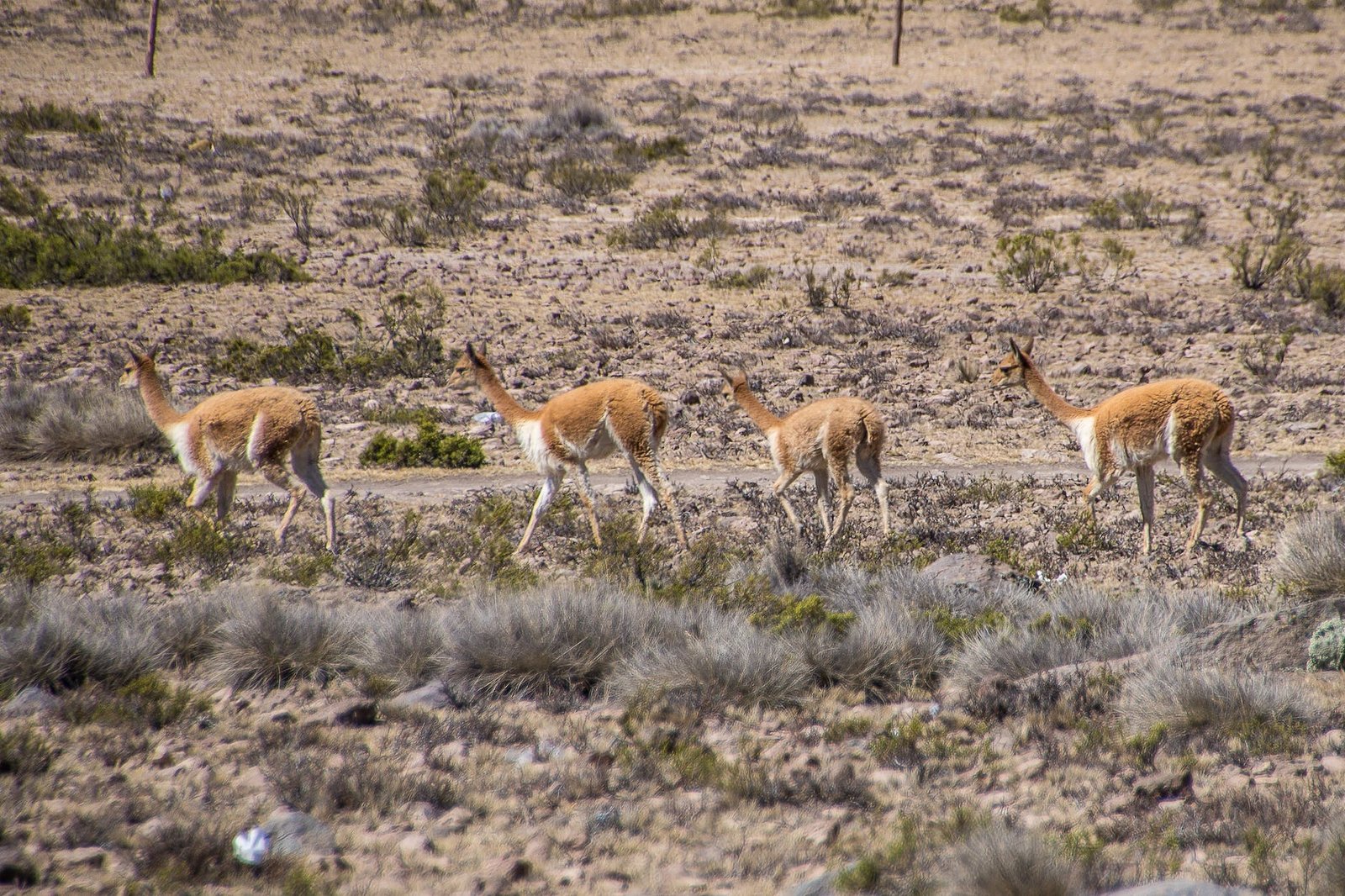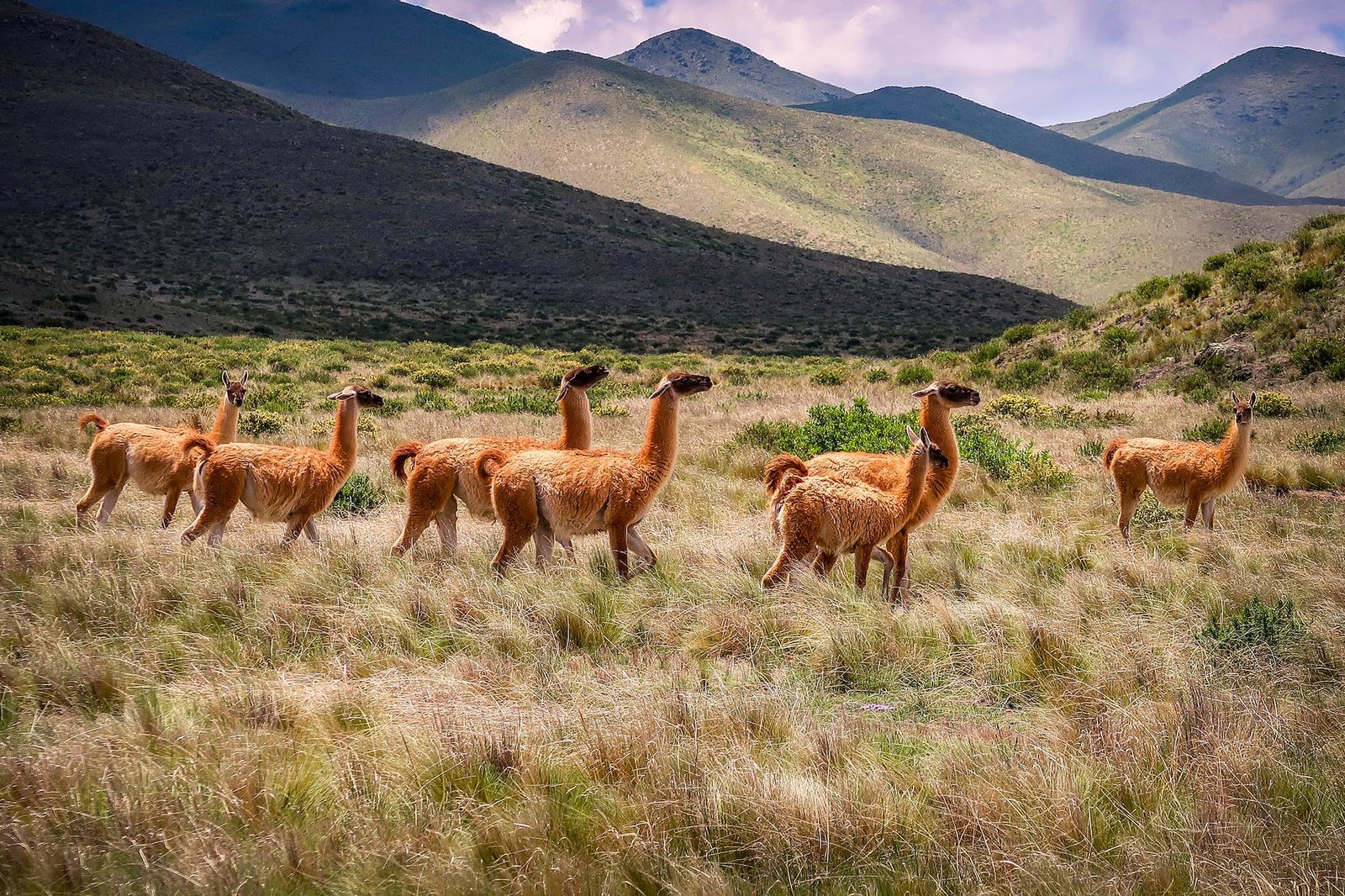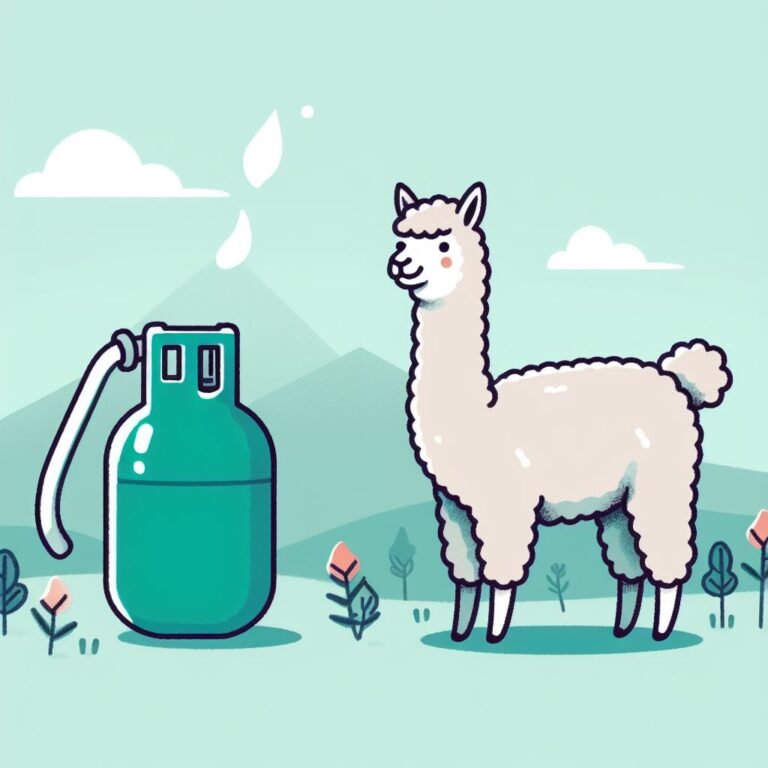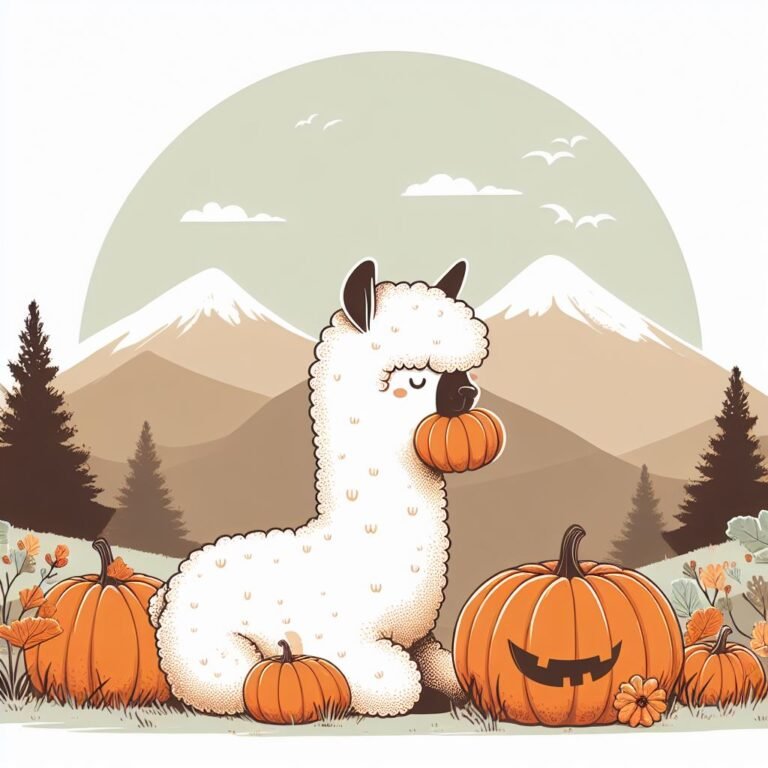Do Alpacas Get Fleas? Essential Guide to Identifying and Treating Infestations
Have you ever found yourself wondering, “Do alpacas get fleas?” Well, you’re not alone. It’s a question that’s been bugging many alpaca owners and enthusiasts out there.
Alpacas, those adorable, fluffy creatures, are not just pets but also a significant investment. So, it’s crucial to know about their health and well-being. Fleas can be a nightmare for any pet owner, and alpacas are no exception.
Key Takeaways
- Alpacas are prone to flea infestations, though it is relatively rare. These external pests can cause mild to severe discomfort, leading to skin infections and health issues if left untreated.
- Common signs of flea infestation in alpacas include excessive itching, over-grooming, and appearance of skin issues such as dryness, flakiness, or patchiness.
- Flea infestation prevention involves regular grooming, maintenance of cleanliness in the alpaca’s environment, and potential use of flea pesticides, following veterinarian’s advice.
- Treatment for flea infestation should ideally be recommended by a veterinarian and might include topical applications, oral medications, or a mix of both.
- Along with treating the alpacas, it is vital to thoroughly clean and treat their living environment to eliminate any residual fleas, eggs, or larvae.
- Alpacas, besides being pets, are significant investments due to their high-value fiber in the textile industry. Hence, regular health checks and preventive measures against potential threats like fleas are necessary for alpaca care.
The Basics of Alpacas
Coming from South America, alpacas are often mistaken for their close relatives, the llamas. Even though they share a similar appearance, alpacas are considerably smaller in size and have a unique set of temperate characteristics. Now, let’s delve into understanding these endearing creatures a bit more.

As of a 2020 statistical analysis, it’s estimated that there are over 5 million domestic alpacas worldwide. Among them, about 250,000 reside in the United States. What strikes me about these numbers is the investment potential they signify. It’s no secret that along with their lovable nature, these animals’ fiber is highly valued in the textile industry. Their soft, hypoallergenic fur is a prized material for knitting warm and durable clothes.
| Year | Global Alpacas Population | United States Alpacas Population |
|---|---|---|
| 2020 | 5,000,000 | 250,000 |
Interestingly, alpacas showcase quite a friendly demeanor towards humans. Although slightly shy by nature, they can be quickly accustomed to human contact. However, as docile and friendly as they are, when it comes to their health, matters can get quite serious.
Keep it in mind that alpacas are not your typical pet. They have specific needs and require expert knowledge to maintain their health. This is where understanding potential threats, such as fleas, becomes an essential aspect of their care.
Next, we’ll take a closer look into their eating habits and how their diet can affect their health and susceptibility to pests.
Understanding Fleas and Their Impact on Alpacas
Just like other mammals, alpacas can pick up fleas, though it’s relatively rare. Fleas are wingless parasites, causing relentless itching and discomfort to their hosts. They feed on blood, which is why they’re attracted to mammals, including alpacas.
Alpacas with fleas can show a variety of symptoms, including excessive scratching, irritation, and patches of dry skin. If left untreated, fleas can lead to more serious health problems such as skin infections or anemia. Prevention and treatment are key, as a significant flea infestation can compromise an alpaca’s overall health and well-being.

Fleas have a rapid life cycle, with one female flea having the potential to produce thousands of offspring in a span of a few months. This fast multiplying rate increases the risk of infestation among alpacas. Hence, it’s important to regularly check your alpacas for fleas and initiate treatment at the earliest.
Up until now, we’ve been focusing on their physical appearance and their general behavior. Now let’s delve into their diet. Their diet is a significant factor influencing their vulnerability to fleas. Alpacas feeding on a well-balanced, nutritious diet are less likely to suffer from flea infestations.
A well-maintained diet, regular grooming, environmental cleanliness, and flea treatment products can significantly reduce the chances of flea infestation.
While it’s crucial to ensure the alpacas are user-friendly, we shouldn’t overlook their specific needs and threats to their health, such as fleas. The principles of good alpaca care go hand in hand with flea prevention.
A bit of a deviation from the topic but worth mentioning – alpacas have a lot of investment potential. Unlike other livestock, they require less maintenance and are more economical. With the correct care, they’re a wonderful long-term investment. An understanding of the basics is a step towards a successful alpaca investment.
Common Signs of Flea Infestation in Alpacas
Being a wingless parasite, fleas can be a serious bother to your alpaca. Don’t underestimate their impact – they can swiftly escalate from a minor irritant to a major health concern if left unchecked. There are various signs I’ll suggest you watch out for to detect a potential flea infestation promptly.
If you notice your alpacas itching excessively, it’s a clear sign of discomfort, often induced by an external irritant like fleas. Apart from this, over-grooming is another tell-tale sign. Adult alpacas may incessantly groom themselves in an attempt to get rid of the parasites, so watch out for that.

Now let’s delve further, with skin and coat conditions. Alpacas with flea infestations may develop skin issues such as dryness and flakiness. Their coats may start to appear dull or patchy due to constant scratching or irritation. You may also see small red spots or rashes on their skin.
Flea crud, essentially flea feces, can also be a clear giveaway. These are small dark specks you might spot in your alpaca’s coat. If you see those, it’s a strong sign of flea presence. Be hawk-eyed for these tell-tale signs to safeguard your alpaca’s health!
Lastly, deprived feeding or a change in behavior could also indicate a potential flea problem. Remember, pest problems often go hand-in-hand with stress and anxiety, which could manifest in your alpaca’s feeding habits or normal behavior.
Being well-informed will help you take the right step at the right time! In the next segment, I’ll discuss the preventive measures and treatments for flea infestations in alpacas.
Preventing Fleas in Alpacas
Stepping up to the challenge of preventing flea infestations in alpacas requires a keen understanding of these pests’ habits and life cycles. Remember, it’s easier to prevent an infestation than it is to treat one.
Regular Alpaca Grooming
Regular grooming is an effective and simple preventive measure. Alpacas tend to keep themselves clean but they appreciate a little extra help. Brushing your alpacas on a weekly basis can help ward off fleas. By grooming regularly, you’re not only removing potential flea hiding places but also building trust with your alpacas. It’s a win-win.
Flea Pesticides and Treatments
Some alpaca owners might lean towards applying flea pesticides and treatments in their yards or barns. If you choose to use pesticide treatments, use them wisely. Rotate the products you use to prevent fleas from developing resistance. It’s also best to consult a veterinarian before starting any treatment plan.
Maintaining a Clean Environment
Keeping the alpacas’ environment clean is another vital aspect of flea prevention. By maintaining a tidy barn and pasture, you minimize places for fleas to hide and breed.
A clean environment includes:
- Regular removal of feces and other waste
- Regular hay or straw change in their shelter
- Keeping pasture grass cut and shrubs trimmed
Ensuring the alpacas’ living conditions are sanitary and as flea-unfriendly as possible places you on the right path to preventing flea infestations.
Preventing fleas in alpacas involves regular grooming, possible use of flea pesticides, and maintaining a clean environment. Understanding that prevention is more simple and less distressing than treatment is crucial.
Treating Fleas in Alpacas
When dealing with a real flea infestation, it’s not enough merely to focus on preventative measures. Immediate and decisive action is crucial to mitigate the issue and rescue your herd from potential harm. Let’s delve into the nitty-gritty of how to treat fleas in alpacas.
The first step in treating flea infestation in alpacas is identifying the issue correctly. Monitor your alpaca’s behavior closely. If they’re scratching or biting excessively, spotting fleas jumping around may confirm your suspicions.

Once the presence of fleas is confirmed, you’ll need to consult with a licensed veterinarian. Alpacas are unique animals and using treatments designed for other species can be harmful. Your vet can provide a suitable flea removal program, whether it’s a topical application, oral medication, or a combination of both.
Administering flea treatment isn’t a one-time task. It’s vital to re-treat your alpacas and their environment after a couple of weeks to eradicate any lingering eggs or larvae. Consistent treatment is the key to stamping out those pesky pests for good.
However, treating the alpaca alone won’t solve the problem. You’ll need to tackle the environment too. Flea eggs and larvae, as well as grown fleas, can lurk in bedding, grass, and even dust particles. I’d recommend intensive cleaning of alpaca living quarters, including sweeping, vacuuming, and replacing bedding.
Last but not least, make sure to frequently clean and treat common areas where various animals interact. Fleas can readily transfer from one host to another, so it’s vital to keep the entire farm environment flea-free.








Our picks
Alpaca & Wool Felted Sole Inserts: Comfy Upgrade?
Best Alpaca Socks for Hiking: Ultimate Comfort and Durability on Trails
Best Alpaca Halter for Comfort and Control